15 Different Types of Japanese Bread You Must Try:
Japan has a fascinating and unique bread culture, with many delicious baked goods that are distinctly Japanese. Bread was first introduced to Japan in the 16th century by Portuguese merchants and missionaries. It took some time to gain widespread popularity, but by the late 19th century, bread became a staple food across Japan.
Today, Japanese bakeries offer a dazzling array of breads, from familiar items like shokupan (Japanese milk bread) to unusual creations like yakisoba pan (fried noodle stuffed bread). The influence of European bread is strong, but the Japanese have made these imported breads their own with local flavors and ingredients.
Here are 15 delicious types of Japanese bread that you should not miss trying during your visit:
Melonpan
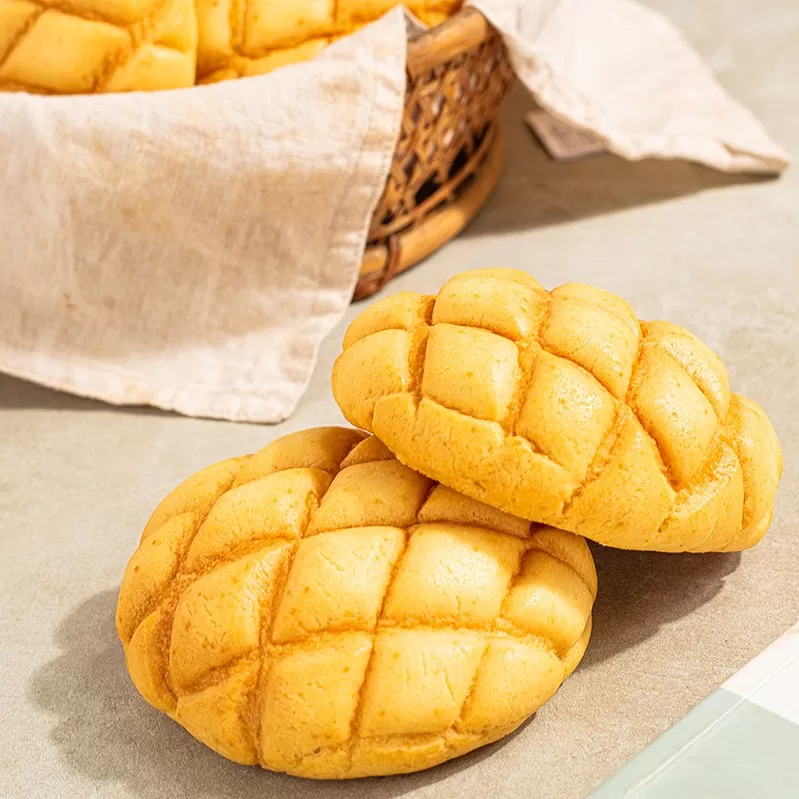
Melonpan is a popular Japanese sweet bread roll that resembles a melon on the outside, with its distinctive grid pattern cookie crust. But despite its name and appearance, melonpan doesn’t actually taste like melon. The soft bun has a mild sweetness that pairs perfectly with the crispy, sugary cookie top.
Standard melonpan is made from a basic bread dough topped with a simple cookie crust, but many bakeries offer innovative flavors too, like matcha, chocolate, or strawberry. Melonpan costs around 150-250 yen per bun and can be found at all types of bakeries and convenience stores across Japan.
An Pan
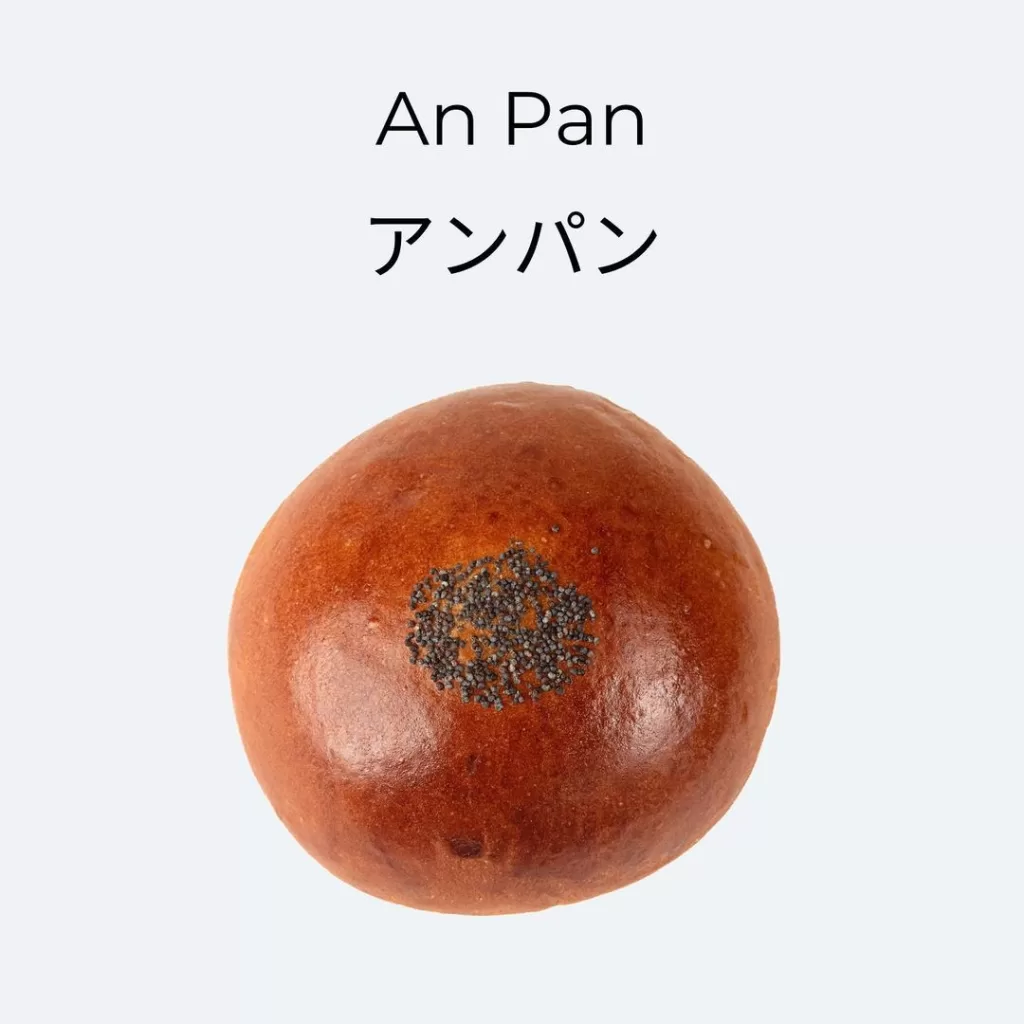
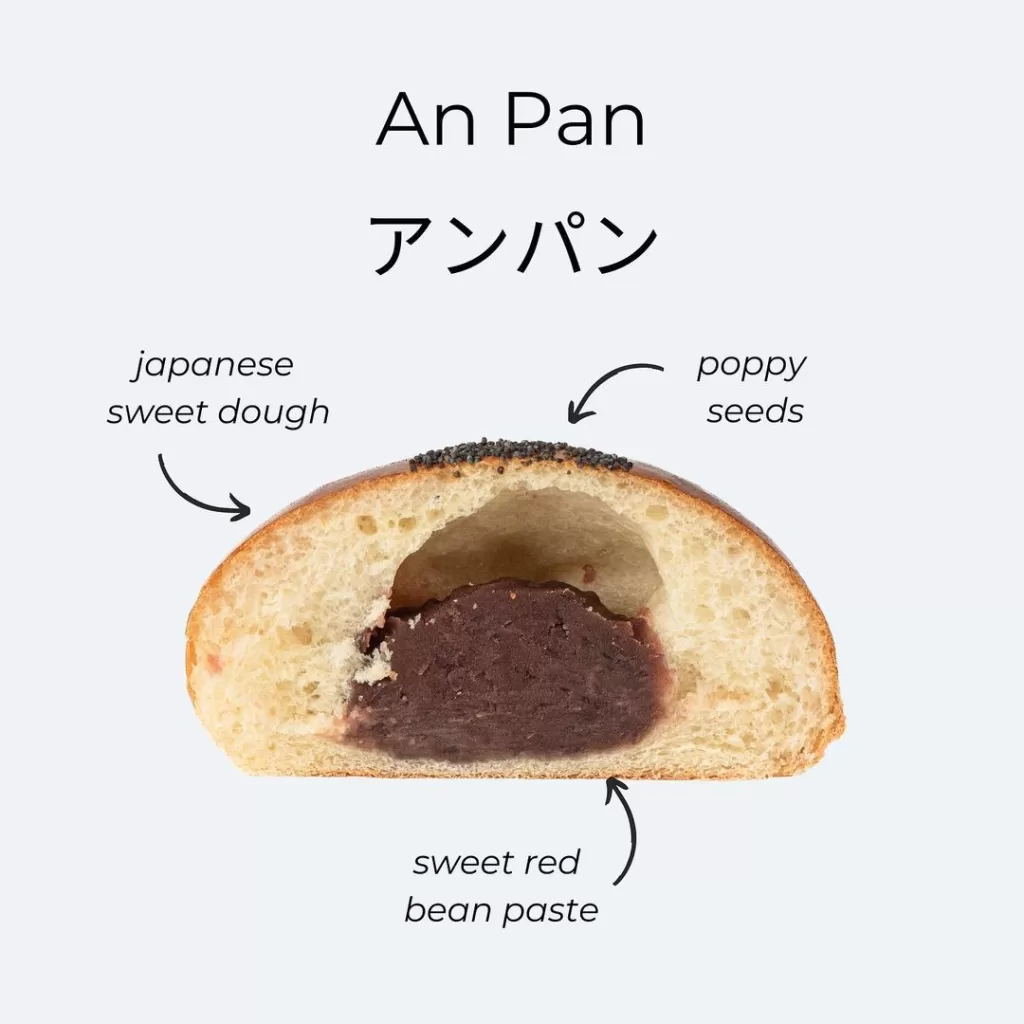
An pan is a soft, round bun filled with sweet red bean paste, known as anko in Japanese. It was invented in 1874 by the Kimuraya bakery in Tokyo, which many credit with starting the nation’s love affair with bread. An pan was created by stuffing Japan’s beloved anko into a bun to appeal to local tastes.
Today, an pan remains a bakery staple across Japan. Most are filled with anko made from azuki beans, but you can also find versions with white beans, sesame, chestnut, or other fillings too. Kimuraya bakery still operates in Ginza, Tokyo, selling an pan for around 150 yen each.
Shokupan
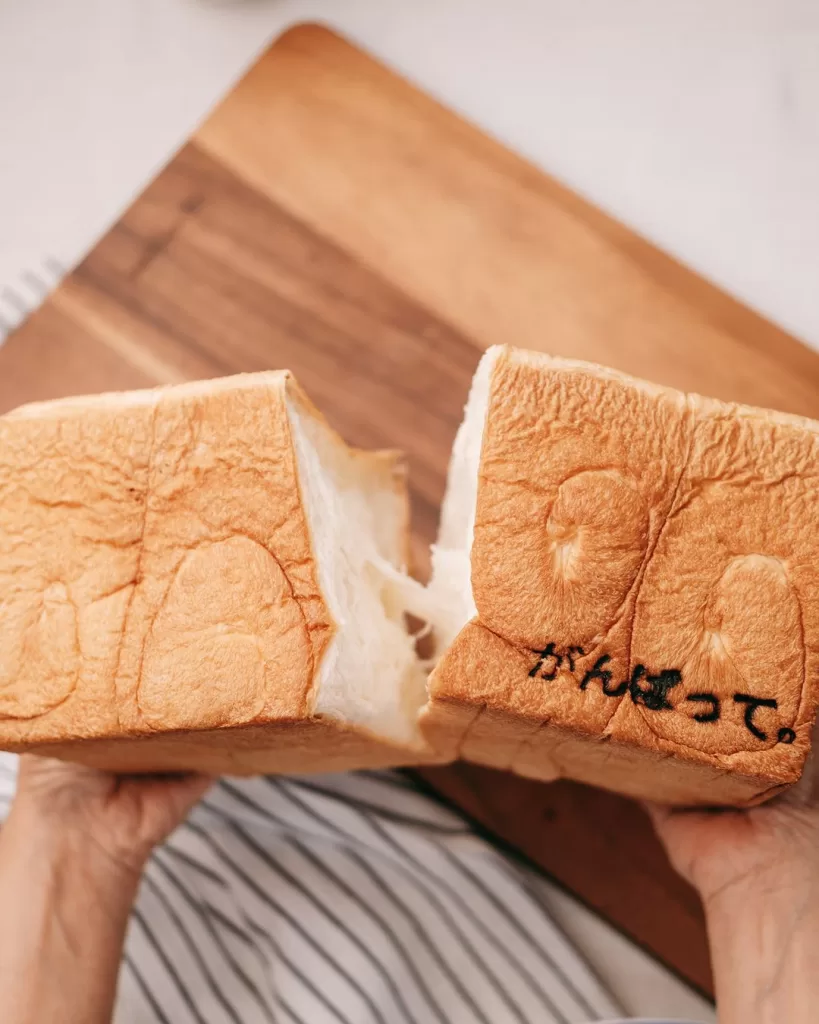
Shokupan refers to fluffy Japanese milk bread, which is lighter and sweeter than regular sandwich bread. It gets its signature springy texture from a tangzhong starter that adds moisture. Shokupan is often described as “mochi mochi” in Japanese, meaning soft and chewy.
Sliced shokupan is a breakfast staple in Japan, toasted and served with butter or jam. A loaf of shokupan costs 200-300 yen and can be found at all bakeries and grocery stores. For a premium tasting experience, visit a bakery like Centre the Bakery in Tokyo, where you can toast a thick shokupan slice to order.
Dorayaki
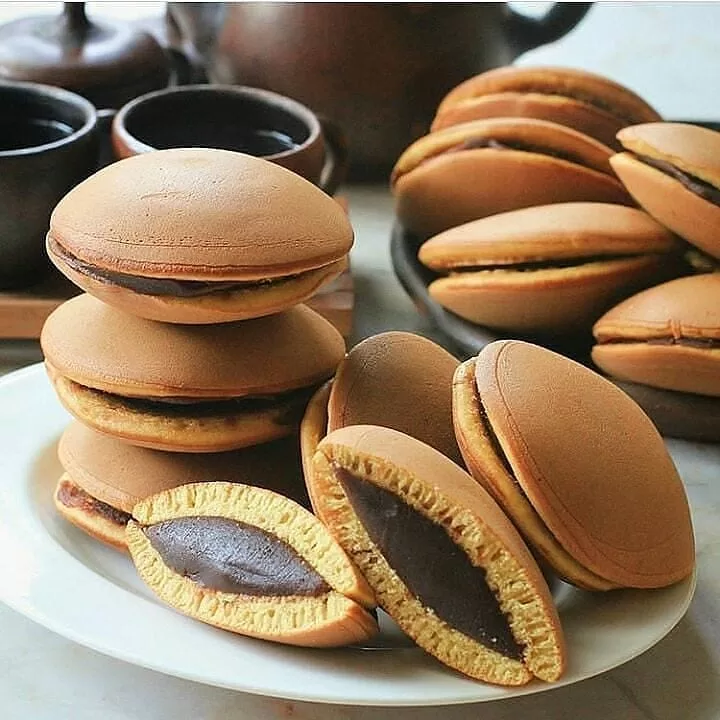
Dorayaki are sweet Japanese confections consisting of two small pancake-like patties made from castella sponge cake, wrapped around a filling of sweet azuki bean paste. While the traditional anko filling remains popular, there are now many creative flavors of dorayaki to discover across Japan.
Though their exact origins are uncertain, dorayaki date back to the early 1900s. They get their name from the Japanese gong instrument, as the round pancake shells resemble a dora gong.
Red bean paste is the classic filling, providing a wonderful contrast to the lightly sweetened “bear” exterior. Kuma dorayaki cost around 300 yen and make an adorable gift or souvenir.
Japan offers a huge range of dorayaki styles at very reasonable prices. Beyond the classics, you’ll find dorayaki filled with chocolate, fruits, creams, and other sweet ingredients sandwiched between pancake shells in every flavor from matcha to Oreo. Tracking down unique dorayaki is a tasty way to explore Japan’s sweets culture.
Doraemon Loves Dorayaki
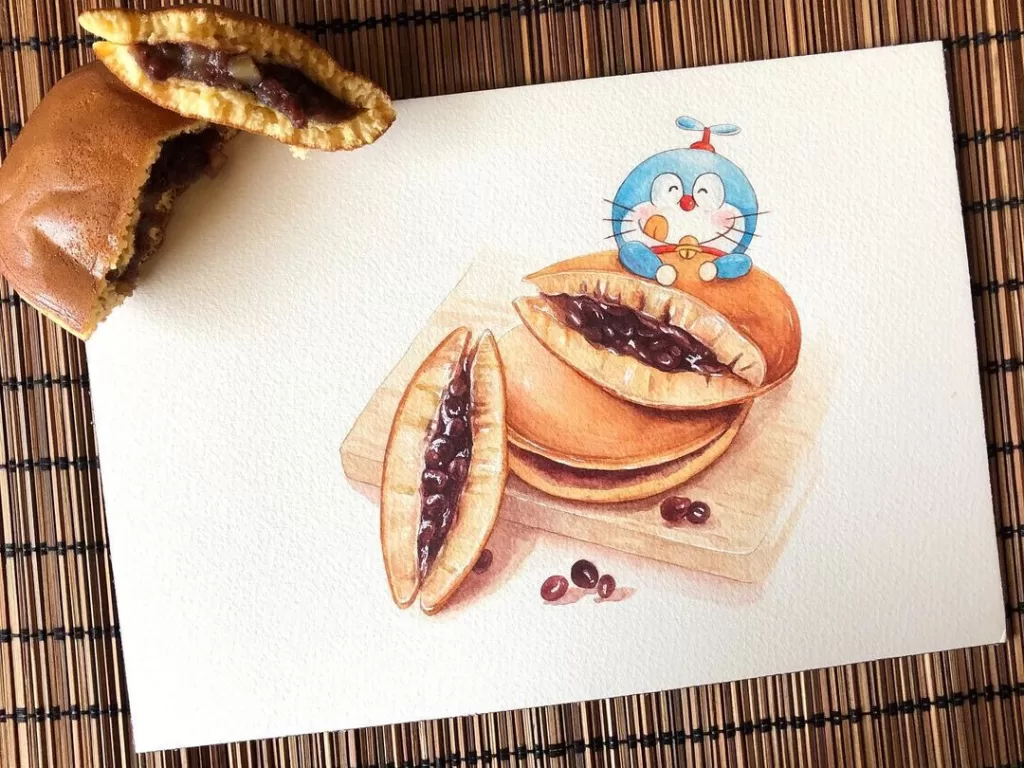
For those not familiar with Japanese cartoons, Doraemon is one of Japan’s most beloved anime characters. This robotic cat from the future absolutely adores eating dorayaki, a sweet red bean stuffed pancake. In fact, dorayaki is the signature favorite food of Doraemon, and he can often be seen snacking on these tasty treats throughout the long-running series. Doraemon just can’t get enough of the fluffy pancake exterior and sweet azuki bean paste filling of dorayaki.
Yakisoba Pan
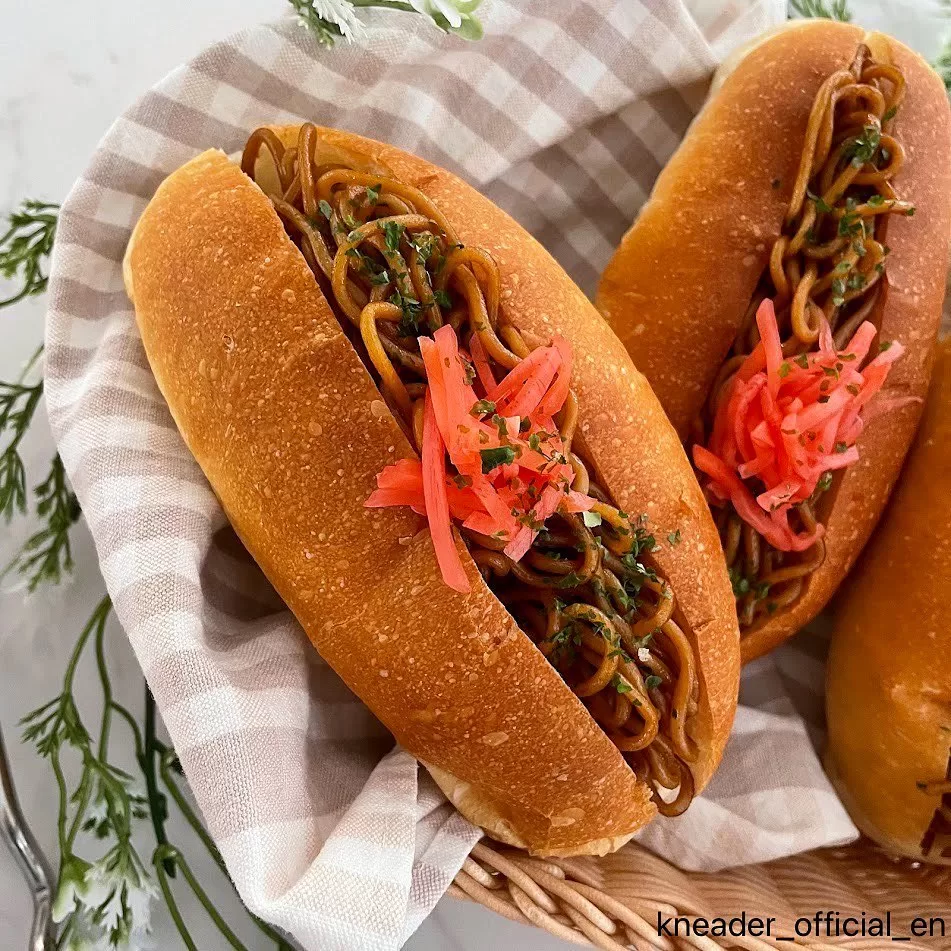
Yakisoba pan perfectly encapsulates Japan’s carb-on-carb creations. It’s a soft bun filled with yakisoba, stir-fried noodles with meat and vegetables. The savory and slightly spicy yakisoba provides a pleasant contrast to the mild sweetness of the bread.
Convenience stores like 7-Eleven sell yakisoba pan for around 300 yen, so it makes an ideal quick snack or meal on the go. Some higher end bakeries also offer yakisoba pan, using premium ingredients.
Curry Pan
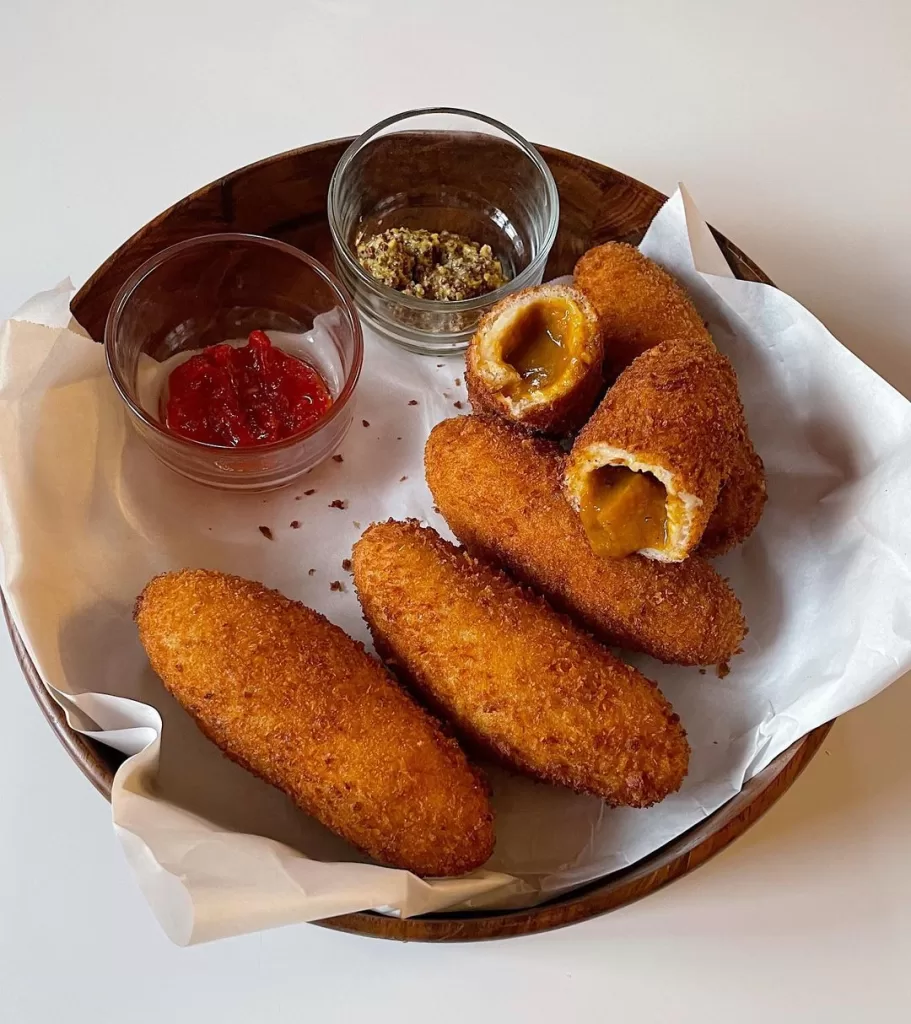
Curry pan is a deep-fried bun filled with Japanese curry, which tends to be thicker and richer than Indian or Thai curries. The most common versions sold are vegetable, beef, and cheese curry pan. When freshly fried, the crispy exterior gives way to piping hot, flavorful curry.
Curry pan makes for a hearty snack or mini-meal, costing around 200-300 yen each at bakeries like Yamazaki Pan. Convenience stores stock curry pan too, but for the best experience, try one made to order at a specialty bakery.
Hotdog Pan
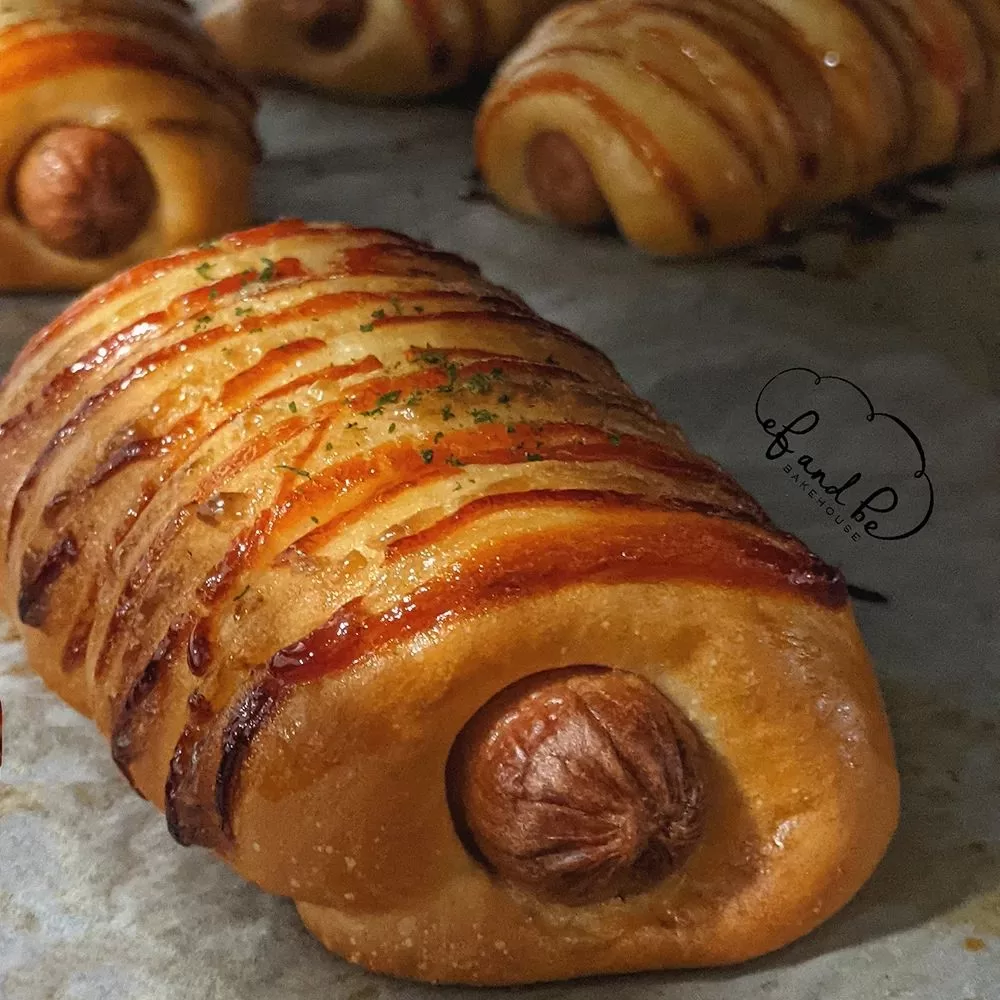
Hotdog pan or hotdog bun refers to those soft, sliceable buns perfect for filling with hotdogs or sausages. In Japan, hotdog buns aren’t just used for hot dogs – all types of fillings are common, both sweet and savory.
Katsu sando with deep-fried pork is a popular filling, along with egg salad, fruits with whipped cream, or even corn and mayonnaise. Hot dog buns cost 100-150 yen each and can be bought at any grocery store or bakery in Japan.
Korokke Pan
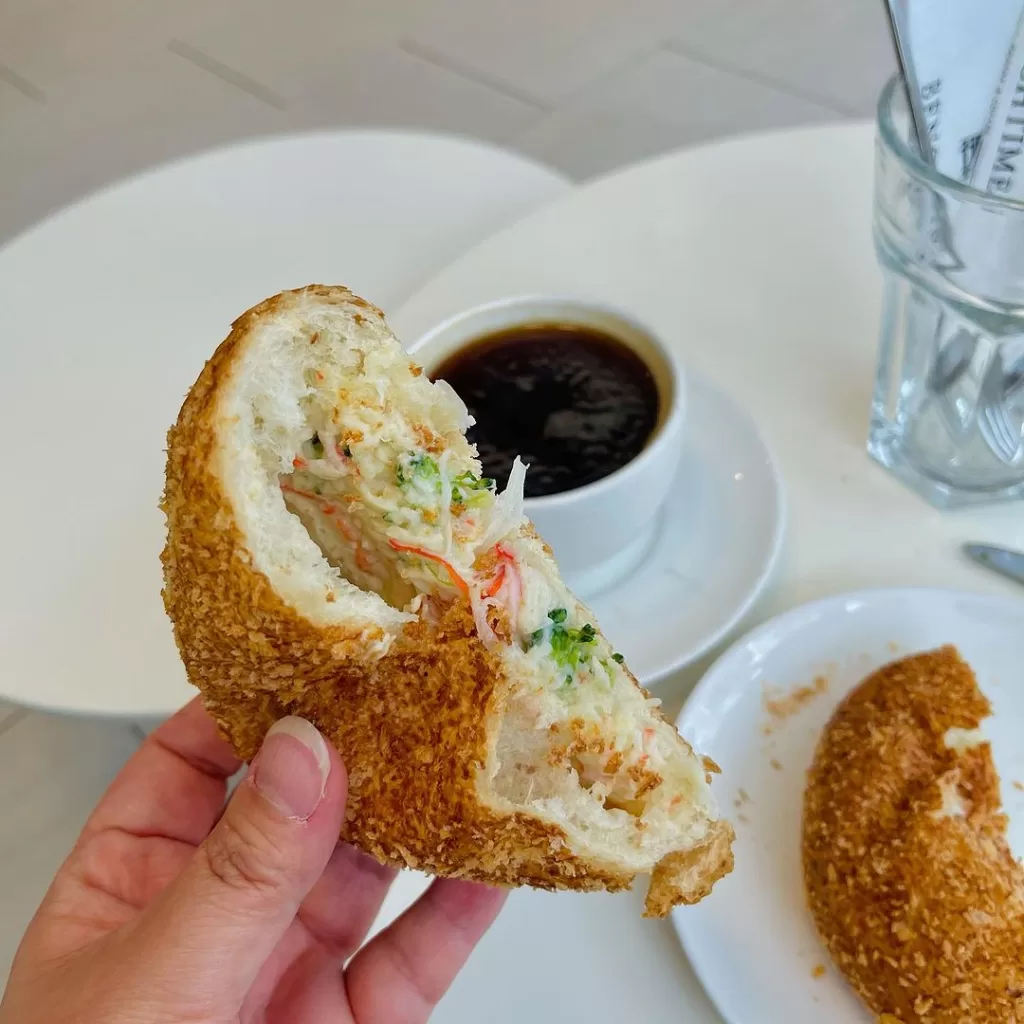
Korokke are deep-fried mashed potato croquettes, a classic Japanese comfort food adapted from European cuisine. Korokke pan is a bread roll filled with korokke, so you get a crispy, savory korokke paired with the softer bun.
Common korokke varieties include minced meat, corn and potato, seafood, or curry rice. Korokke pan costs around 300 yen on average and can be found at bakeries as well as convenience stores like 7-Eleven.
Cream Pan
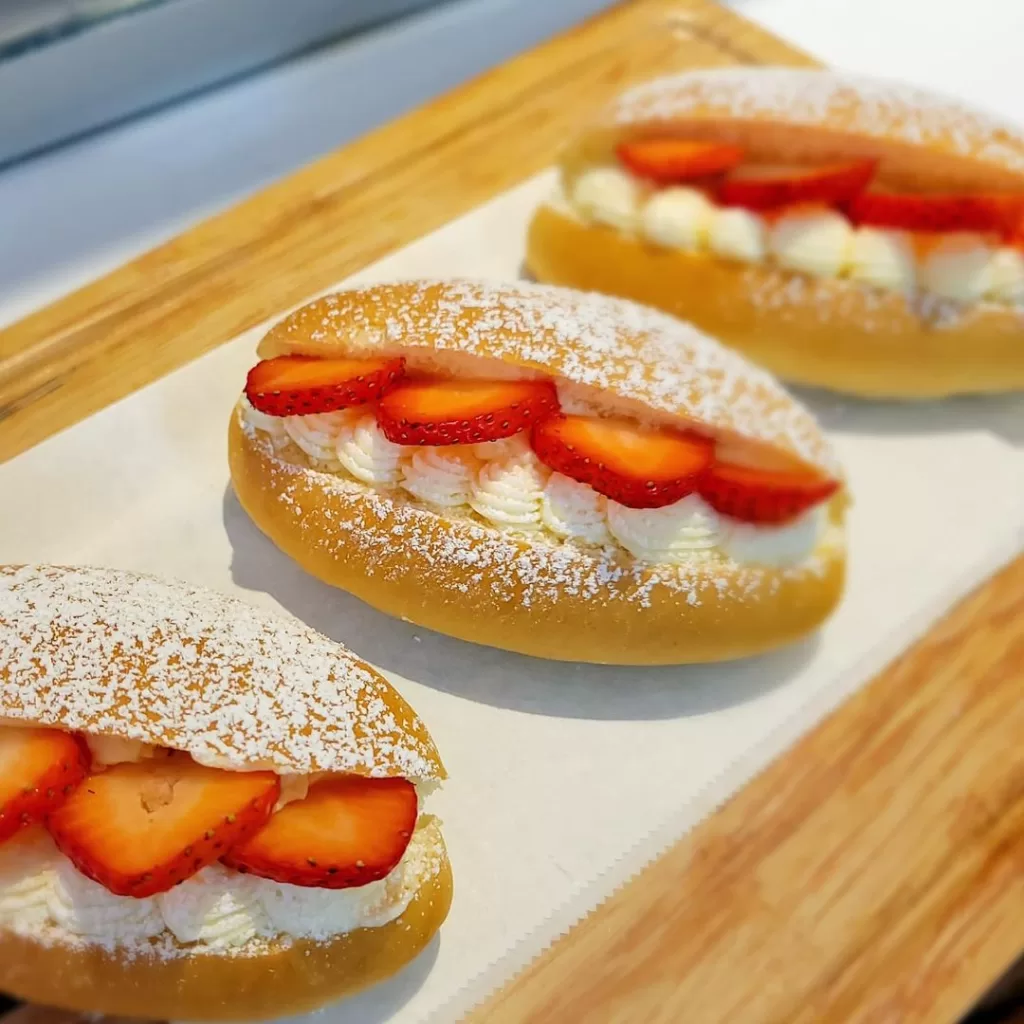
Cream pan lives up to its name – it’s a soft bun filled with creamy custard or whipped cream. The filling has a sweet, eggy vanilla flavor that perfectly complements the mild bread. Cream pan is a longtime favorite snack for kids and adults alike.
Most cream pan cost around 150 yen, with deals as low as 100 yen in grocery stores. Bakery chains that specialize in cream pan, like Nakamura-ya, offer pricier premium versions too that use higher quality ingredients.
Choco Coronet
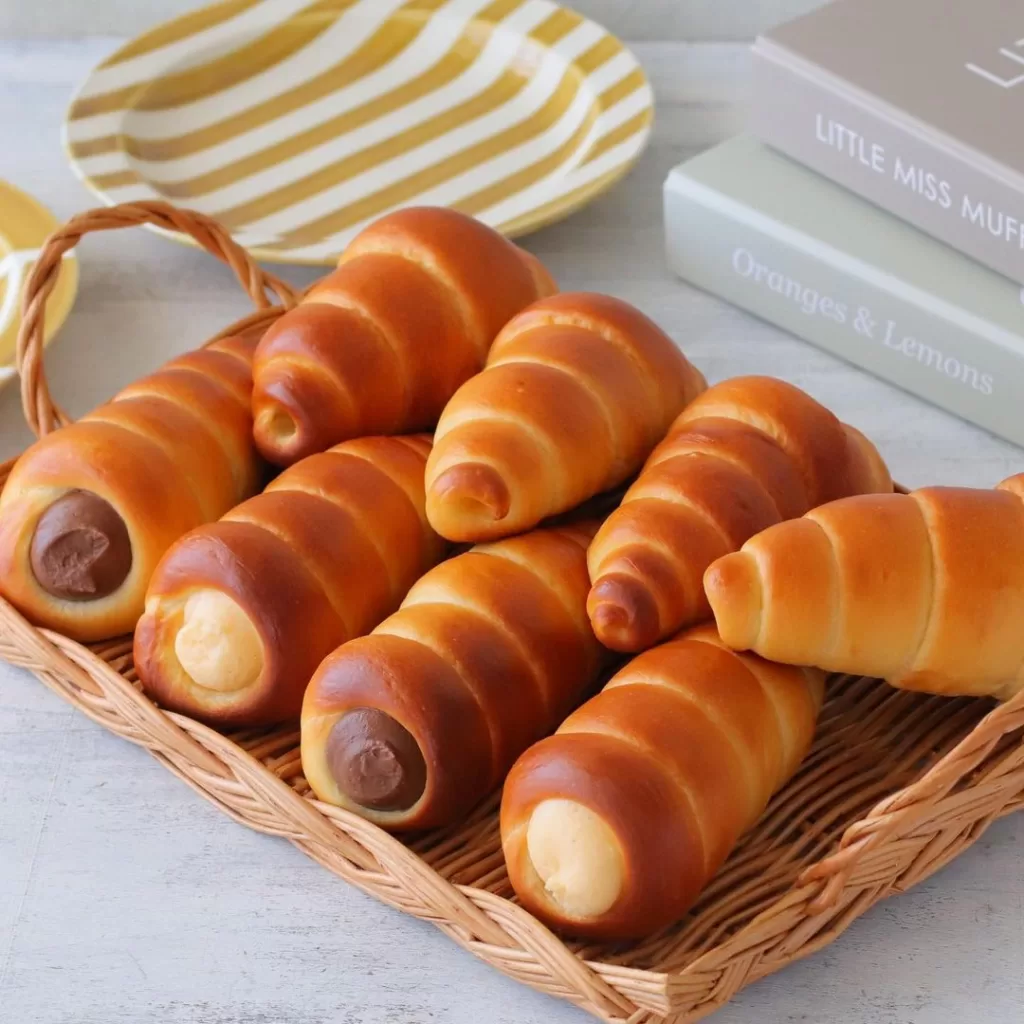
Choco cornets have a cute cone-shaped appearance resembling a croissant. The outside is a light, flaky bread dough, while the inside hides a stick of chocolate cream. The bread gets its hollow shape from baking it around a metal rod, which is removed after cooking to fill with chocolate.
Like many Japanese bakery items, choco cornets are highly customizable. You can find them with chocolate, custard, or fruit flavored cream fillings. Simple choco cornets cost around 150 yen each.
Castella
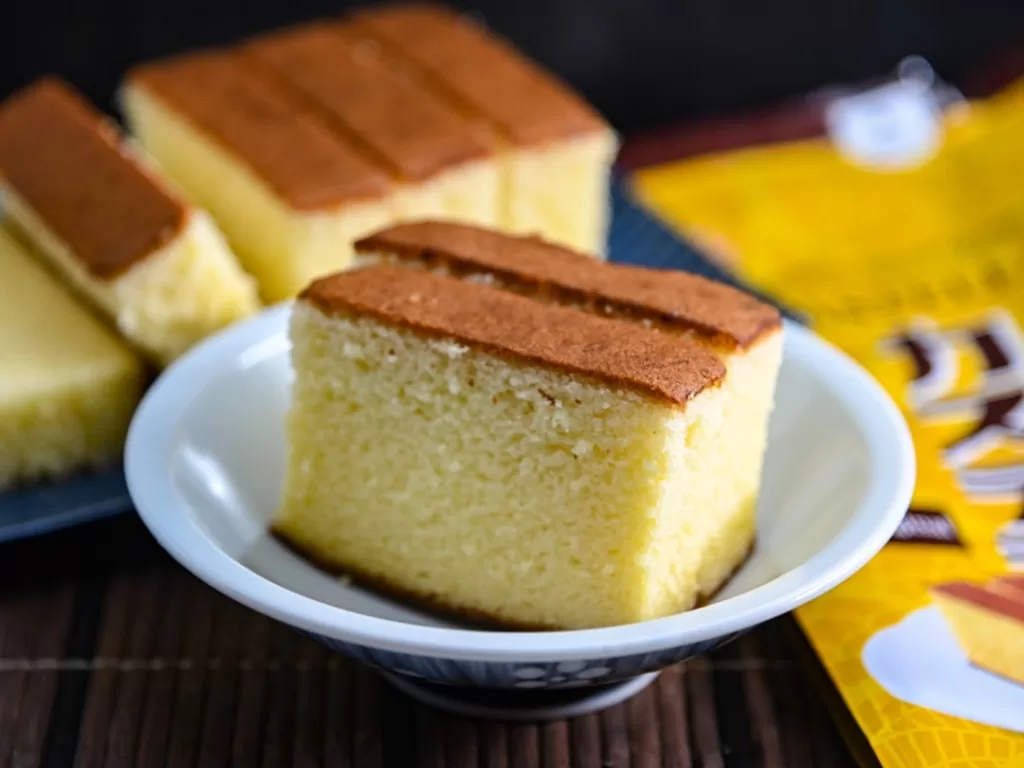
Castella cake originated in Japan from Portuguese cuisine, introduced in the 16th century. It’s a simple sponge cake made with eggs, flour, and sugar. Traditional castella is light and fluffy with a hint of honey flavor, but now many bakeries offer creative spin-off versions too.
Castella cakes are sold in small, loaf-style slices or individual mini cakes. A small castella slice costs around 200-300 yen. Izu Peninsula in Shizuoka is famous for high quality castella, but it’s easy to find all over Japan.
Ceylon Anpan
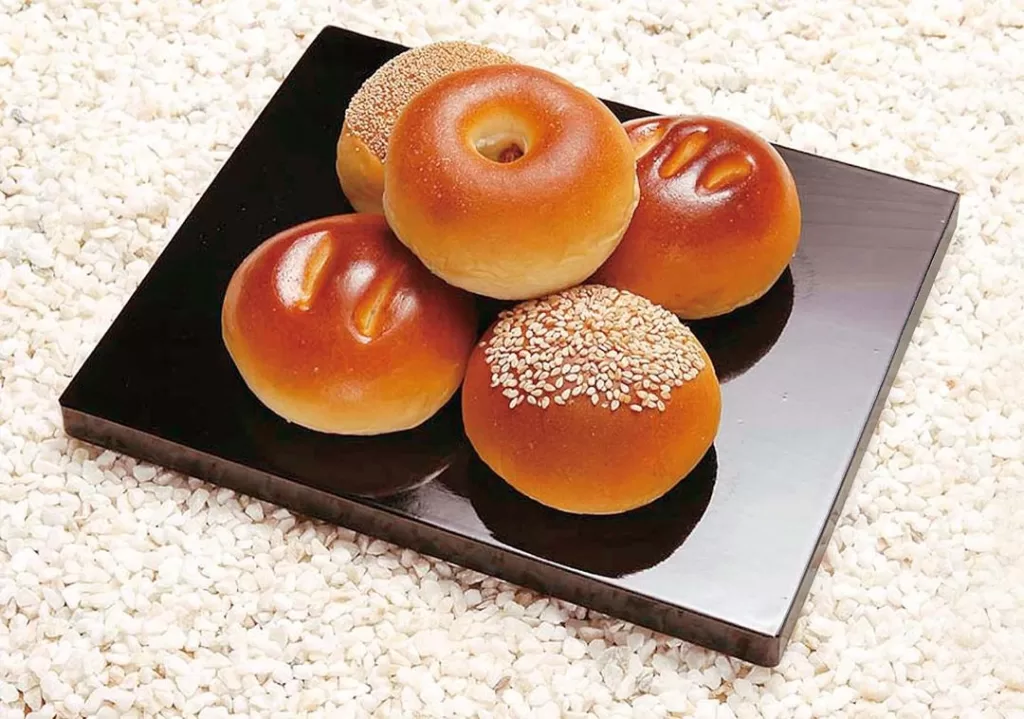
An an pan innovation created in Ginza by upscale bakery Kimuraya, Ceylon anpan uses an anpan bun topped with raisins and Ceylon cinnamon. The subtle sweetness of the soft bun is enhanced by aromatic cinnamon and plump, juicy raisins.
As expected from the an pan originators, this is expertly crafted bread. A single Ceylon anpan costs 330 yen, but it’s worth splurging on for a special treat. You can find Kimuraya’s Ceylon anpan and other an pan varieties in their shops in Ginza, Aoyama, and Shinjuku.
Truffle Roll
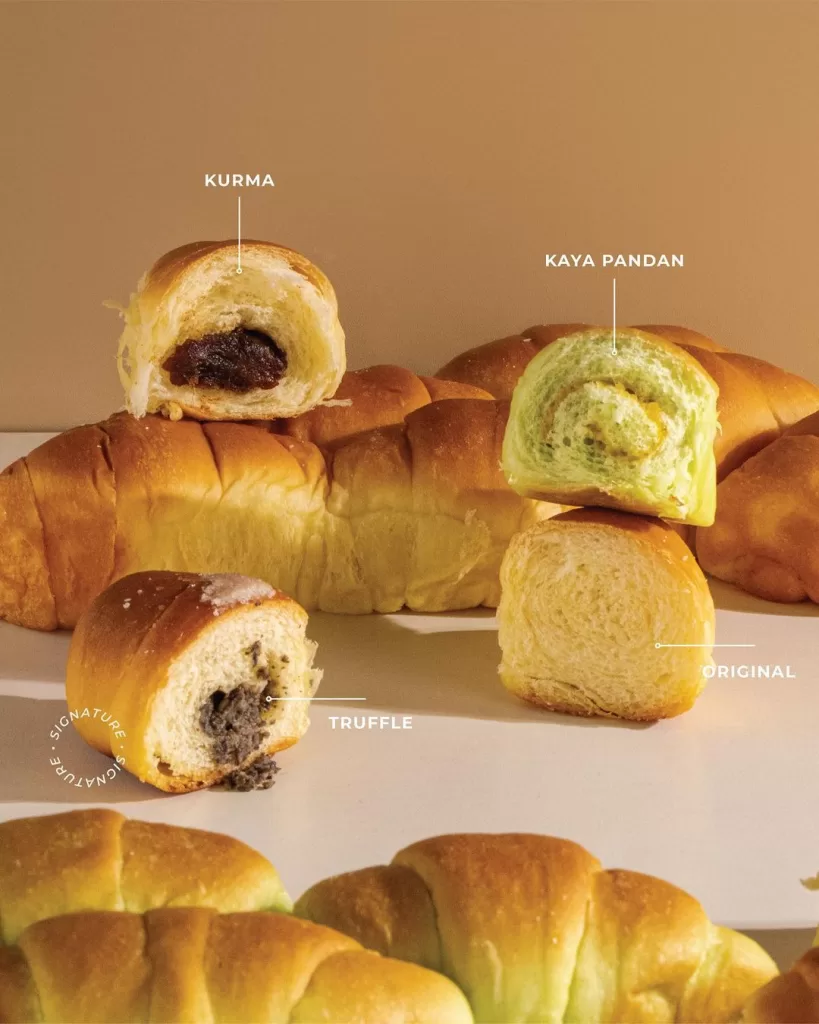
The Truffle Roll is a recent bakery sensation in Japan, featuring a fluffy white bread roll infused with pieces of real truffle. When you break open the roll, the earthy aroma of truffle is released. Each bite delivers bits of truffle, giving the bread an extra savory, umami kick.
This luxury bread was created by the bakery chain Truffle Bakery, which draws long lines every morning. While on the pricier side at around 500 yen per roll, the Truffle Roll is worth splurging on for truffle lovers. It’s the perfect fusion of European truffle flavors in simple Japanese bread form.
Mentaiko Furansu Pan
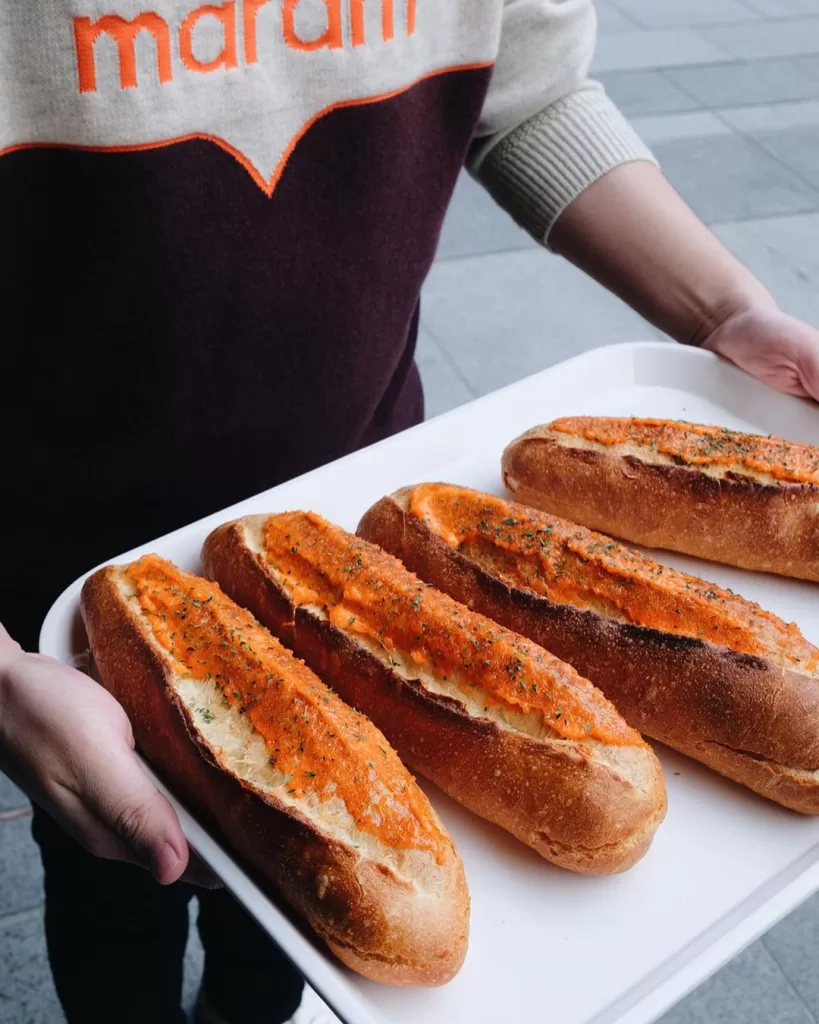
Mentaiko Furansupan marries Japanese and French cuisine by topping a crispy baguette with spicy mentaiko cod roe. Before baking, the long, slender bread loaf gets slathered with bright pink mentaiko, which bakes into the top.
The final product has a dynamic mix of textures and flavors. You get a crunchy, chewy French baguette exterior paired with the distinct salty kick of mentaiko. Each bite delivers a burst of cod roe savoriness. Mentaiko Furansupan costs around 300 yen a loaf and can be found at many bakeries in Japan.
Anpanman
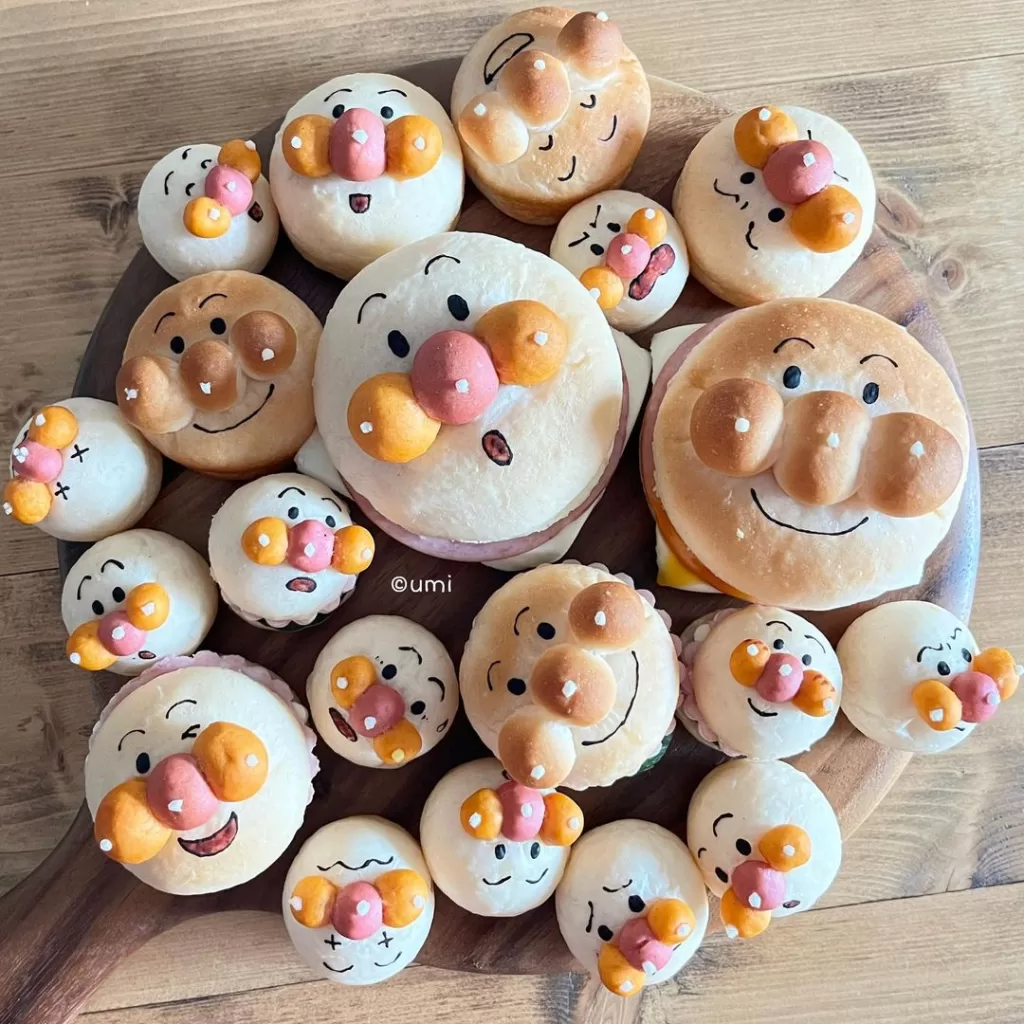
This last one is not exactly a type of Japanese bread, but it’s a Japan staple for decades. Anpanman is a beloved Japanese cartoon character, whose head is made out of an an pan. He was created in 1973 by manga artist Takashi Yanase and later spawned an animated TV series that still airs today. Anpanman teaches children to share and be kind to others.
In bakeries across Japan, you’ll find Anpanman branded breads, pastries, and snacks marketed towards kids. While most replace the traditional anko filling with chocolate or custard, it’s a fun way for young ones to try Japanese bread. Anpanman goods cost 100-250 yen on average.